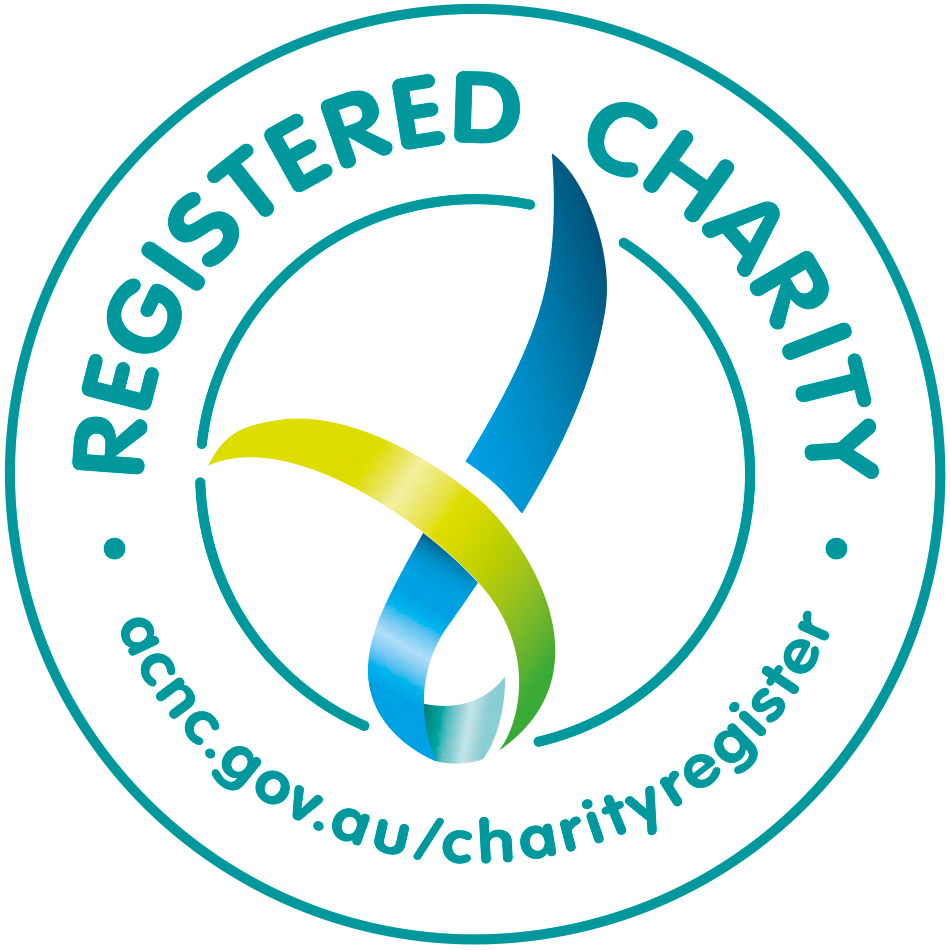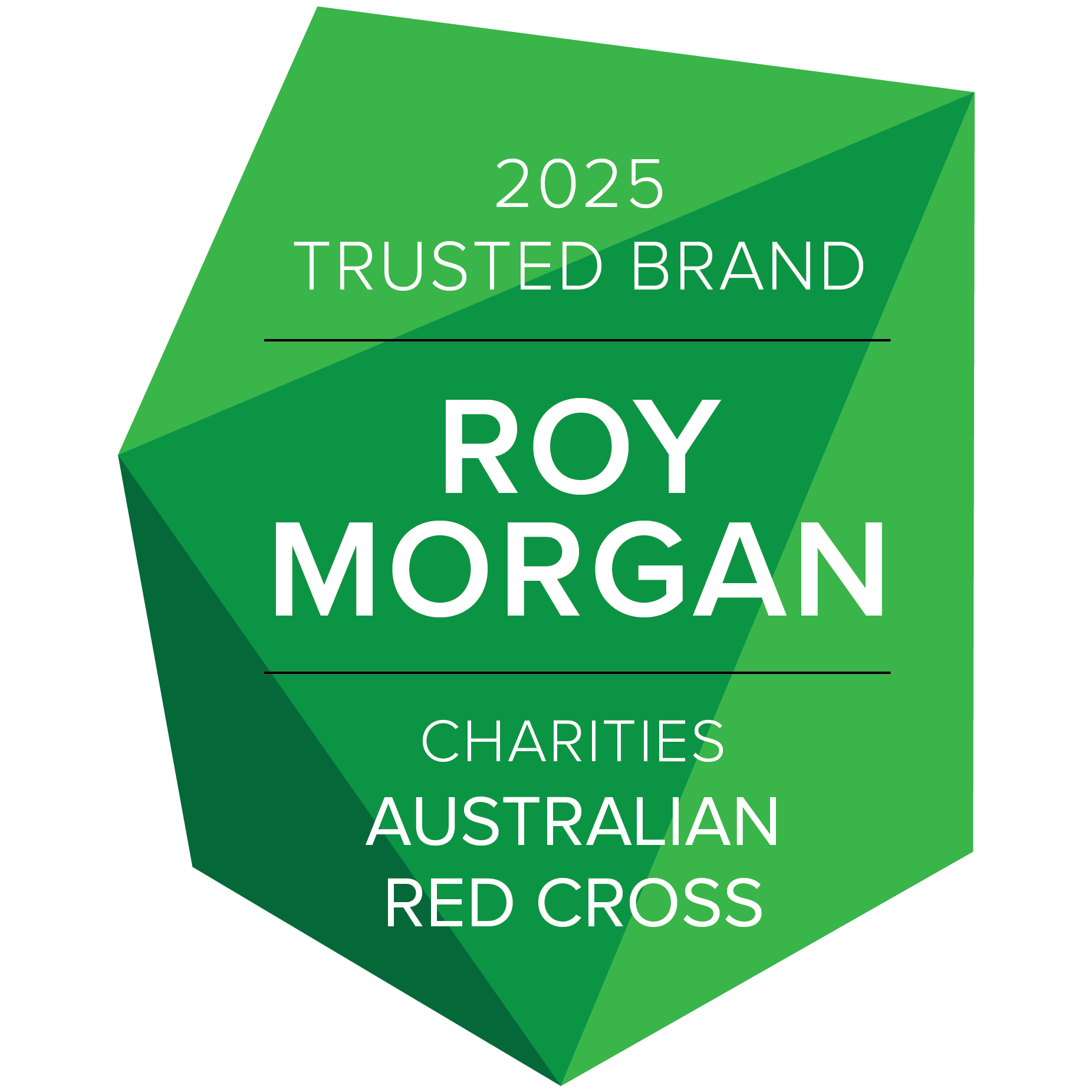

By Peter Maurer, President, International Committee of the Red Cross, Francesco Rocca, President of the International Federation of Red Cross and Red Crescent Societies and National President of Italian Red Cross, and Ross Pinney, President, Australian Red Cross.
It was 8:15am on August 6, 1945 when a sudden blinding light engulfed the sky above Hiroshima. The bomb released a colossal force of destruction never before seen. A blast wave faster than the speed of sound expanded outwards, creating a massive firestorm, levelling the city and killing tens of thousands of civilians.
Three days later, on August 9, the city of Nagasaki suffered the same fate.
Neither city had nearly enough doctors, nurses or medicine to aid all the victims. Before the attack on Hiroshima, the city had 300 doctors. After the blast, only 30 had not been killed or injured. Of the 1,780 nurses there, 93 percent were dead or wounded.
Today, 75 years after the bombings of Hiroshima and Nagasaki, the dark shadow of nuclear war still hangs over all of us, despite the horrors those cities suffered. To this day, no city can prepare for an atomic bomb, and no nation can effectively respond to one. Thousands and even millions of civilians will be killed and injured, and no one will be able to help.
The Red Cross and Red Crescent Movement believes that it is a humanitarian imperative to ensure that nuclear weapons are never used again. What we cannot prepare for, we must prevent.

Many survivors of the Nagasaki blast “died within one to two months because there were no effective treatments, not even antibiotics or blood transfusions, and because the infrastructure was totally destroyed, including hospitals and pharmacies,” said Dr. Masao Tomonaga, a former director of the Japanese Red Cross Nagasaki Atomic Bomb Hospital, whose mother pulled him out of the rubble of their wooden home after the Nagasaki detonation.
In the months and years after those fateful early days of August 1945, tens of thousands of citizens of Hiroshima and Nagasaki suffered and died from cancers and other illnesses caused by exposure to radiation released by the atomic blasts.
The two nuclear bombs were uniquely horrific and terrifying weapons of war. The International Committee of the Red Cross (ICRC) and the Japanese Red Cross Society witnessed first-hand the suffering and devastation as they tried in near-impossible conditions to assist the dying and injured. The testimonies of survivors and first responders paint a chilling picture of unimaginable pain, senseless loss and courage.
Marcel Junod of the ICRC was the first foreign doctor to reach Hiroshima one month later. “The centre of the city was sort of a white patch, flattened and smooth like the palm of a hand,” he wrote. “Nothing remained. The slightest trace of houses seemed to have disappeared.”
For 75 years, our knowledge about the catastrophic humanitarian consequences that nuclear weapons unleash has increased. And what we know has led us to conclude that the use of nuclear weapons would generally be contrary to international humanitarian law.
Yet, far too little has been done to ensure that nuclear weapons are never used again. In fact, a disturbing record of close calls shows that we have been extremely lucky that nuclear weapons have not been used in armed conflict since 1945. We cannot expect that luck to hold forever.
There are more than 13,000 nuclear weapons in the world, many on ‘hair trigger’ alert status, ready to be launched at a moment’s notice. The risk that nuclear weapons may be used again is growing to alarming levels. The nuclear-armed states are developing new nuclear weapons and making it easier to use them. And treaties to reduce the numbers of nuclear weapons and the risks of their proliferation are being abandoned.

As a result, the world finds itself on a dangerous path towards a new nuclear arms race, threatening the very survival of humanity. This is a reality we cannot accept.
The International Red Cross and Red Crescent Movement was created to alleviate suffering, protect life and health, and uphold human dignity, especially during armed conflict and other emergencies. Use of nuclear weapons has the potential to render impossible the humanitarian mission our Movement exists to fulfil. We know today that any nuclear blast would cause insurmountable challenges for humanitarian assistance and that adequate assistance capacities do not exist at national or international levels. Who, then, will assist the victims of nuclear weapons, and how?
Our inability to answer this question means that the only responsible course of action is prevention.
Less than a month after the atomic bombings of Hiroshima and Nagasaki, the ICRC was already questioning the lawfulness of nuclear weapons, appealing to states to ban their use: “Only a unified world policy can save the world from destruction,” Dr. Junod wrote.
Three-quarters of a century later, we must be clear: We have waited long enough. Too often, the international community has been unable to prevent foreseeable crises. We still have a chance to prevent a global nuclear catastrophe. Our children and future generations should not have to bear the burden of our inaction.
Also signed by:
Gerald Schöpfer, President, Austrian Red Cross
Edouard Croufer, President, Belgian Red Cross
Philippe Lambrecht, Vice President, Belgian Red Cross
Trevor Holmes, Secretary General, Irish Red Cross
Yoshiharu Otsuka, President, Japanese Red Cross
Her Highness Tunku Puteri Intan Safinaz, Tunku Temenggong Kedah, National Chair, Malaysian Red Crescent
Robert Mood, President, Norwegian Red Cross
Javier Senent, President, Spanish Red Cross
Margareta Wahlström, President, Swedish Red Cross
Thomas Heiniger, President, Swiss Red Cross
Red Cross pays our respects to the Aboriginal and Torres Strait Islander custodians of the country where we work, and to Elders, past, present and emerging.
Learn about our Reconciliation Action Plan and how we can all make reconciliation real.
This website may contain the images, voices or names of people who have passed away.


© Australian Red Cross 2025. ABN 50 169 561 394
